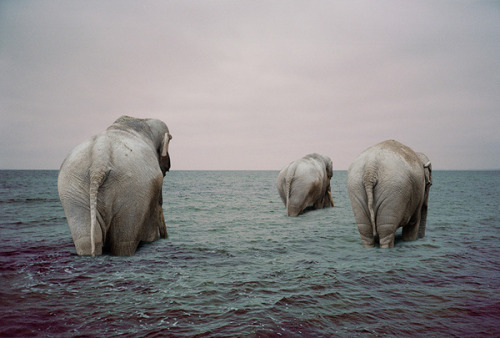In lecture today we learned about the basic elements of an image - point, line, shape (plane), form(3-D), value (tone), color, texture - and we had to come up with two images conveying meanings of two words out of a list of words, incorporating some of these elements.
We had chosen "passage" and "order" and they are represented by the below images respectively. For "passage", the key idea was depth, as all passages link two points distant from each other. Using lines receding to the center, it gives the audience a 3-D perspective of a tunnel inwards, supplemented by the lines on the walls on both sides. The lines come closer together towards the center of the picture, to show depth and distance, along with the differently-sized ovals on the ceiling and thinning lines on the foreground.
For "order", we simply made use of 9 points, evenly spaced out in a squarish shape, to show orderliness, like soldiers on a parade. We find order in simplicity and feels that it is easy for viewers to perceive the message easily.



